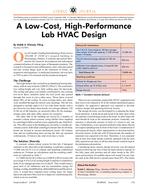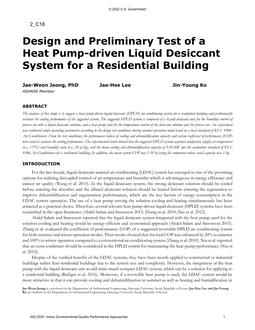The Air Infiltration and Ventilation Center (AIVC)’s ‘Build Tight, Ventilate Right’ baseline has become a mantra in indoor air science and HVAC engineering. In the US, in the residential context, air infiltration through building leakage, however, is the most common form of ventilation. The installation of dedicated ventilation systems is scarce and weatherization is even often not executed or only partly executed for fear of reducing ventilation rates and deteriorating indoor air quality. This paper uses computer simulations to test the premise of the AIVC baseline in a detached dwelling where indoor air pollution is dominated by human bio-effluents. The results show that ventilation heat loss (not taking heat recovery technology into account) can be reduced by up to 1/3 without increasing the average exposure of the occupants by installing a mechanical ventilation system at realistic ventilation rates. For natural ventilation systems, a potential reduction of 1/4 was found, while peak exposures were also substantially reduced by the installation of a dedicated ventilation system. Integrating the ventilation systems in a leaky dwelling cancelled outmost of the advantage, thereby confirming the ‘Built Tight, Ventilate Right claim.
Citation: IAQ Conference: IAQ 2013: Environmental Health in Low Energy Buildings
Product Details
- Published:
- 2013
- File Size:
- 1 file , 500 KB
- Product Code(s):
- D-2013IAQConf-63


